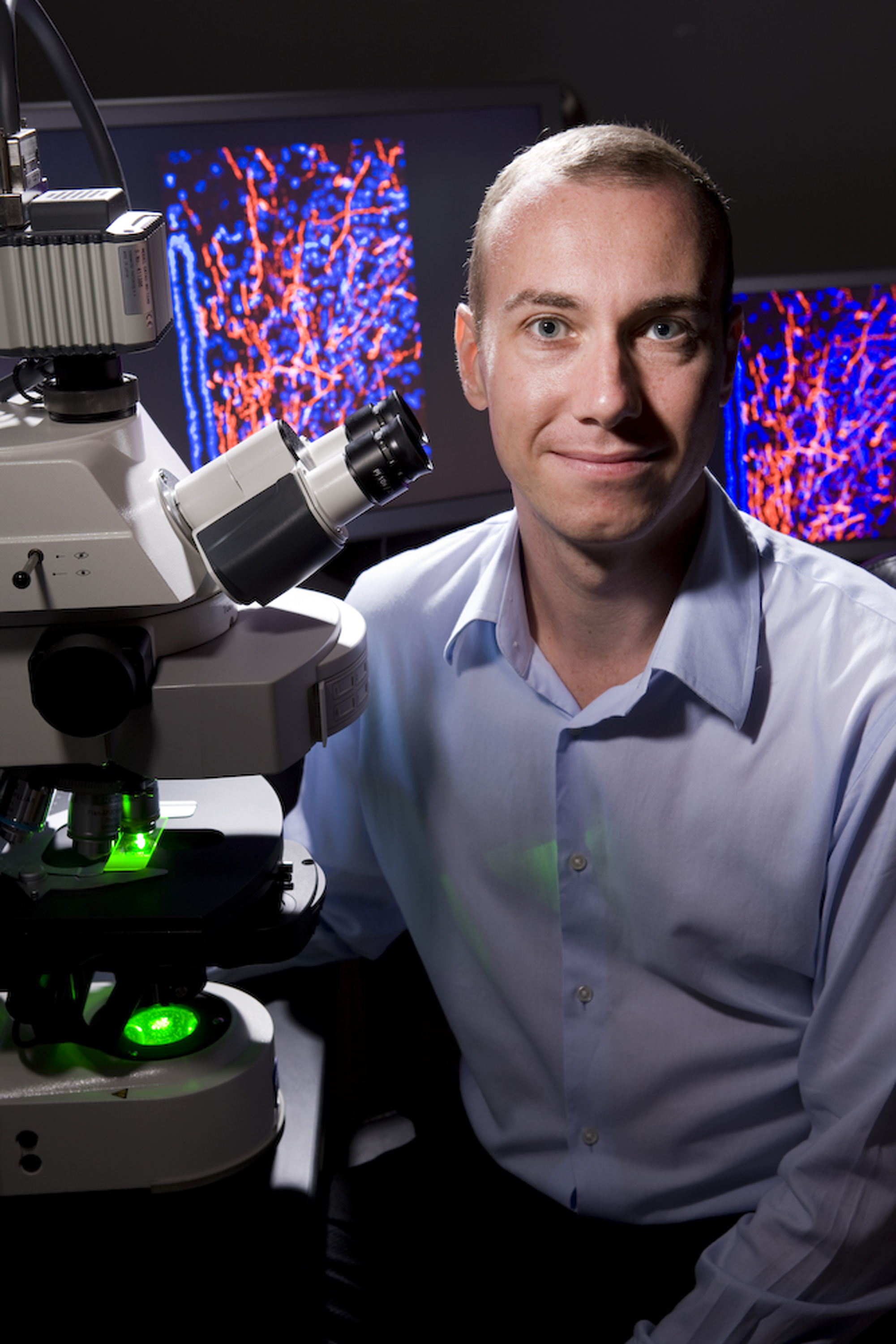Main symposia
| S3 Molecular metabolism : NAFLD Channel C |
09:10~11:10 / Friday 18 September Chairman:Soon Jib Yoo, Dae Ho Lee |
Overview |
|---|---|---|
| Nonalcoholic fatty liver disease (NAFLD) occurs mostly in obese subjects, and insulin resistance and deregulation of the lipid metabolism increase the risk of NAFLD and non-alcoholic steatohepatitis (NASH). Although lifestyle intervention is the first-line treatment for patients with NASH, it is usually unsuccessful. Therefore, many agents for the treatment of NASH by targeting different pathways are under development. In this session, novel targets in the development of NASH and hepatokines linking NAFLD and insulin resistance will be discussed. This session will be a meaningful turning point to understand the pathogenesis of NASH. | ||
|
3-1Inflammasome modulation to treat NASH & liver fibrosis | |
|
3-2Cholesterol in the transition from steatosis to steatohepatitis | |
|
3-3The cross talk between Hippo-YAP and AKT signaling in liver metabolic dysregulation and tumorigenesis | |
|
3-4New liver-secretory target molecule for insulin resistance | |
| S4 Integrated physiology : New insights into vascular complications of diabetes On-Air Channel D |
09:10~11:10 / Friday 18 September Chairman:Minho Shong, Kyung Mook Choi |
Overview |
|---|---|---|
| Although hyperglycemia and its associated diverse cellular events contribute to the development of vascular complications of diabetes, there remains a lot to be elucidated for our deeper understanding about it. In this aspect, the novel role of known molecular target and/or a new player have been paid attention. In this session, three speakers will provide us with insights on the novel cellular function and phenomenon that have recently been identified. This session will be a good chance for us to widen our understanding on the molecular mechanisms underlying the vascular complications as well as metabolic abnormalities. | ||
|
S4-1GLP-1 regulates neural structure under inflammatory condition | |
|
S4-2New perspectives on the role of pericytes in diabetic retinopathy | |
|
S4-3Clonal hematopoiesis as a novel risk factor for cardio-metabolic disorders | |
| S9 Diabetes technology : Diabetes technology and improved insulin therapy On-Air Channel C |
16:20~18:20 / Friday 18 September Chairman:Kyoil Suh, Nan Hee Kim |
Overview |
|---|---|---|
| With rapidly improving accuracy and convenience, continuous glucose monitoring (CGM) is now increasingly accepted as a part of standard medical care of diabetes. This session will review a broadened indication of CGM (insulin therapy for type 2 diabetes), new insights from CGM on current insulin therapy, and new therapies or platforms enabled by CGM (open artificial pancreas system and remote monitoring/education platform). The target audience of this session is not limited to the diabetes technology experts in narrow definition. We welcome any participants who are interest in this technology-driven paradigm shift. | ||
|
9-1Use of FGM in insulin therapy for type 2 diabetes | |
|
9-2Adjustment of insulin therapy: new insights from CGM | |
|
9-3New insulin pumps and open APS in Korea | |
|
9-4Remote monitoring and education platform for CGM and SMBG | |
| S10 Basic research : Neural control of energy metabolism On-Air Channel D |
16:20~18:20 / Friday 18 September Chairman:Myung-Shik Lee, Min-Seon Kim |
Overview |
|---|---|---|
| The nervous system plays an essential role in the homeostatic control of systemic metabolic processes. In this session, four speakers will give a lecture on the latest findings related to neuronal control of energy metabolism, covering the research field of neuronal circuit development, taste neurons, circadian rhythm, and gut-brain axis. A goal of this session is to share novel insights with relevance for obesity, diabetes and metabolic disease with scientists studying neuronal control of appetite, metabolism and body weight. | ||
|
10-1Hormonal and nutritional control of neuroendocrine circuits controlling feeding and glucose metabolism | |
|
10-2Genetic identification of sweet taste neurons in the mouse brainstem | |
|
10-3Paraventricular hypothalamus mediates diurnal rhythms of metabolism | |
|
10-4A neural circuit mechanism for mechanosensory feedback control of ingestion | |
| S13 Metabolomics in metabolic disease : Metabolomic control of energy metabolism On-Air Channel C |
09:00~11:00 / Saturday 19 September Chairman:Kyong Soo Park, Hail Kim |
Overview |
|---|---|---|
| The aberrant fates of metabolites are indispensably linked with metabolic diseases. This session entitled ��metabolomic control of energy metabolism�� will deal with metabolites-centric pathogenesis in various spectrums of the diseases. These include the fate of glucose in metabolic disease, the role of mitochondria in glucose flux, role of microbiota-driven metabolites in insulin resistance, and fat tissue omics in patients with obesity. This session will hopefully enlighten our understanding the role of metabolomics as a treatment target of the metabolic diseases. | ||
|
13-1The fate of circulating glucose | |
|
13-2Mitochondria, metabolism and cellular decisions | |
|
13-3Different compositions of proteins and lipids from human ectopic fat omics analysis | |
|
13-4Microbial metabolites as inter-kingdom signaling messengers | |
























